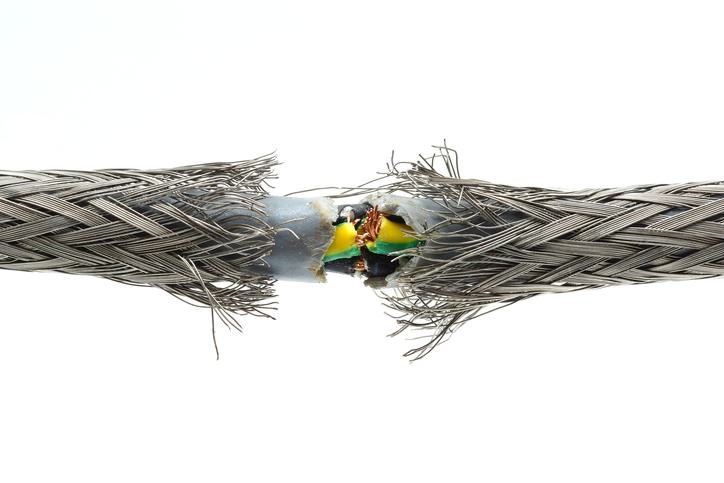What You Need to Know About Product Liability

The gleeful enjoyment as kids unwrapped one of the most popular holiday gifts of the season last year—a hoverboard—was expected. The same gift catching fire was not. Those skateboard-style scooters turned out to have a significant safety defect, prompting purchasers to seek retribution through product liability lawsuits. Here’s what you need to know about product liability, and how such claims work:
What is product liability?
The products that we buy are supposed to meet our ordinary expectations. In other words, they should fulfill their function while being safe to use. When those products turn out to be defective or dangerous, product liability is the law that specifies who is responsible. Importantly, there is no federal legislation on product liability; all cases come under state law.
Under product liability, there are three types of defects:
- Design Defects – This includes flaws in the product design.
- Manufacturing Defects – This includes flaws created during the manufacturing process.
- Marketing Defects – This includes improper or insufficient labels, instructions and safety warnings.
How Product Liability Claims Work
Product liability is different from regular injury law. With injury law, the plaintiff has to prove negligence, e.g. that the defendant acted in a careless way that resulted in harm. With product liability law, it is not always necessary to prove negligence. Strict liability allows compensation from a product manufacturer if a plaintiff can prove (a) they were injured using the product, (b) it was used as intended, and (c) it had not been significantly altered. Since the plaintiff need not prove negligence, some theorize it is easier to recover damages.
Breach of warranty is another claim that can be made. Warranties cover products and their parts, and generally include language about repairs and replacements. Even products without warranties have implied ones; we expect them to work as advertised.
Any company or individual involved taking the product from conception to completion can be named in such a lawsuit. These include the company or individual that designed the product, the one that manufactures it, the manufacturer of its component parts, the assembler and installer, the wholesaler and the retailer. In the case of hover boards, some of those manufacturers were based in China or overseas. While that doesn’t prevent someone from filing suit, unless the company has assets in the U.S., it may be difficult to get compensation. Here’s more helpful information on product liability: http://injury.findlaw.com/product-liability/what-is-product-liability.html
Were you injured by a product that turned out to be unsafe? Contact us to discuss the details. Consultations are always free.

